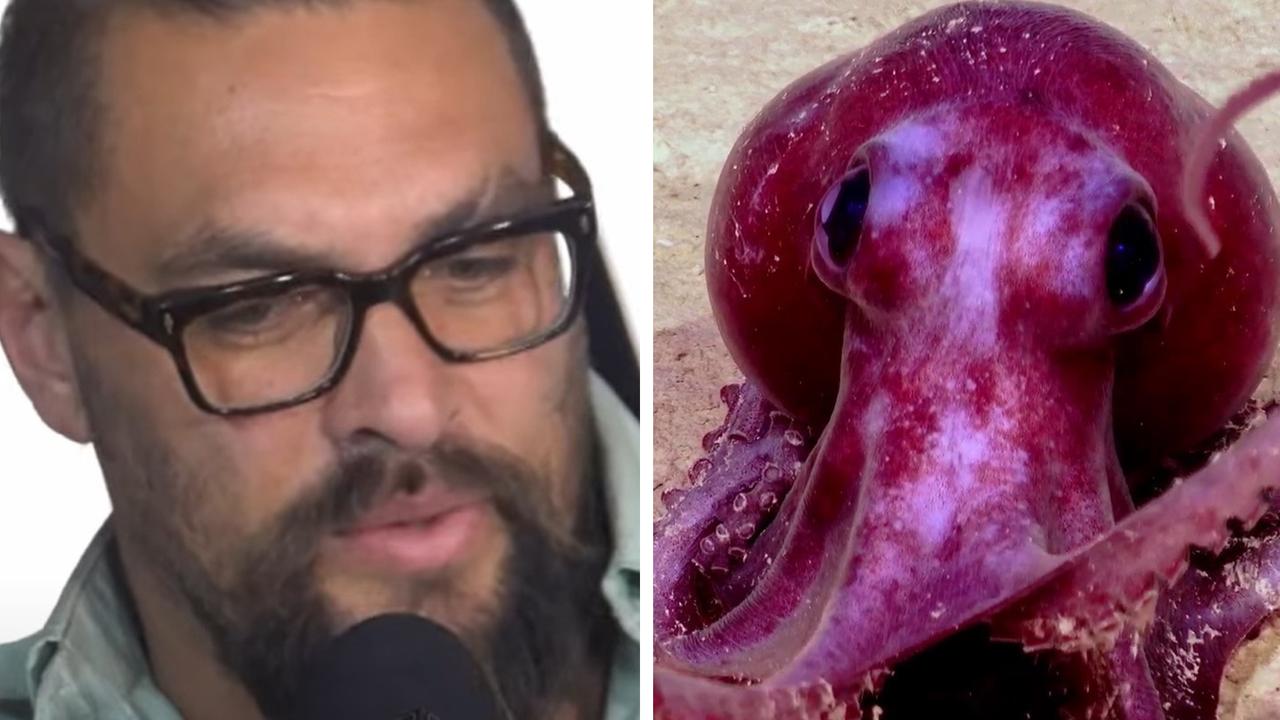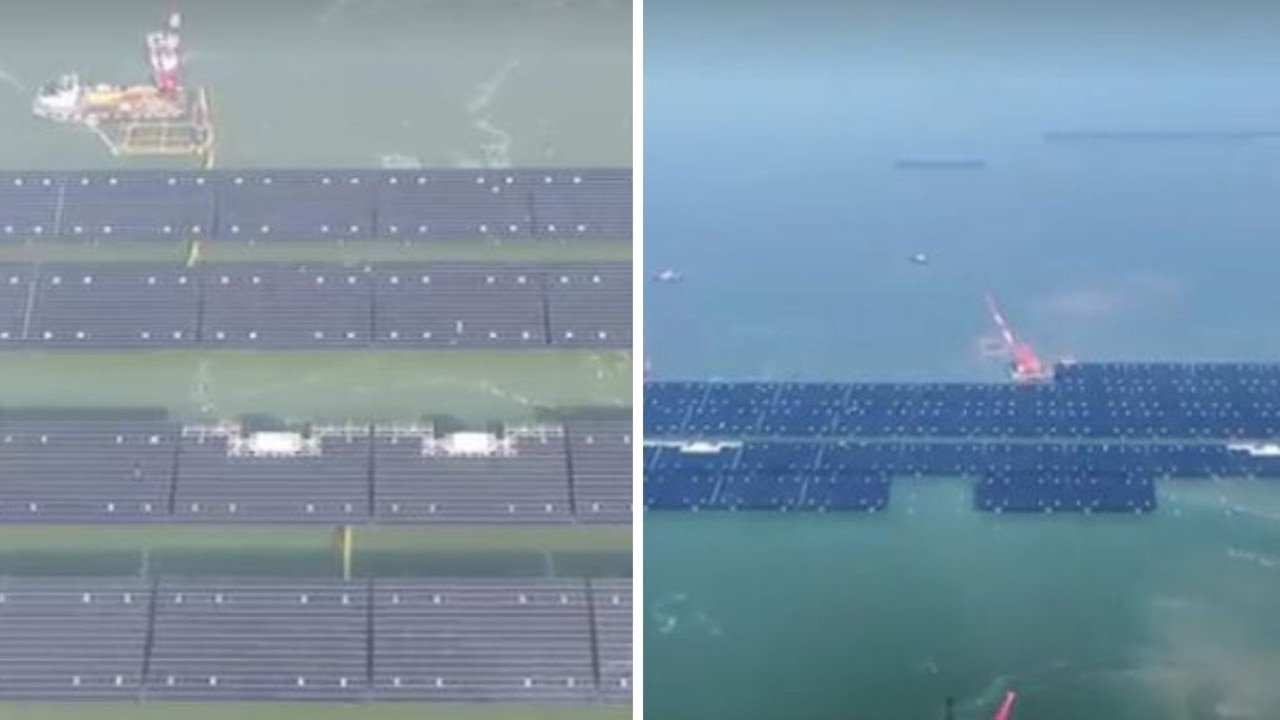‘Build acceptance’: Sydney Water launches bid to introduce ‘recycled water’ to drinking supply by 2032
An unusual change to water that millions of Australians drink has raised eyebrows, as authorities campaign to “build acceptance and understanding” of the idea.
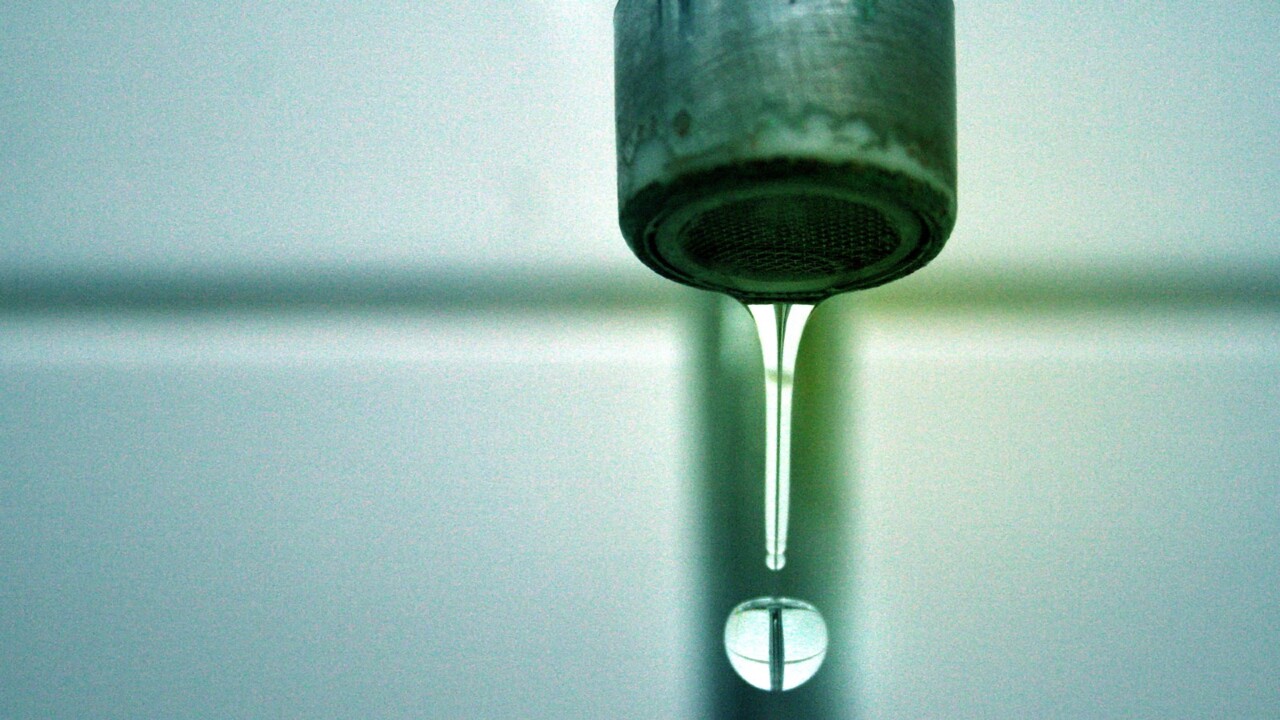
Sustainability
Don't miss out on the headlines from Sustainability. Followed categories will be added to My News.
Millions of residents across Sydney could be drinking recycled sewage by early next decade as water authorities, grappling with an ever-exploding population, campaign to “build acceptance and understanding” of the technology.
So-called “purified recycled water” (PRW), which is already in use in around three dozen cities around the world including Perth, would be pumped into Prospect Reservoir starting in 2032 under a proposal released by Sydney Water last month.
“Purified recycled water has many environmental and cost-saving benefits and could provide up to 25 per cent of water needs across our city by 2056,” the state-owned utility explains on its website.
“With climate change and an increased demand on our water supplies, we need to think about water differently.”
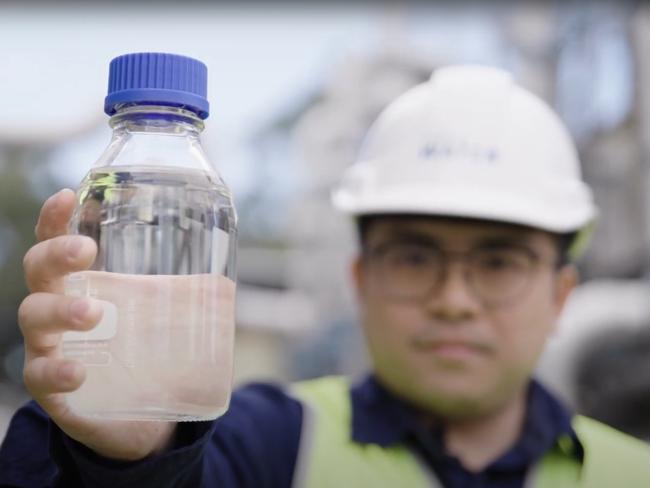
PRW is water recycled from industry and homes – including from kitchens, showers and toilets – that has been purified to meet strict guidelines to supplement drinking water sources.
Sydney Water opened a “discovery centre” at its Quakers Hill sewage plant last October as a proof of concept to demonstrate the “performance and reliability” of the technology and build “community acceptance”.
The small amount produced at the discovery centre, the first such facility in NSW, does not currently go into Sydney’s drinking water supply.
But Sydney Water eventually wants to build a full-scale plant at Quakers Hill to pump out millions of litres of PRW each day, which would then be sent for treatment at Prospect, the city’s main water filtration plant, according to the scoping report published last month.
“Sydney Water recognises that PRW is a new approach to water supply in Greater Sydney and that it is important we educate and engage with the community and stakeholders and demonstrate the outcomes of rigorous technical assessments,” the proposal states.
“Sydney Water’s intent is that drinking water sourced from PRW is triple-treated, passing through three different treatment plants, each with multiple treatment steps, before reaching the customer. In this process, water from a PRW treatment plant will mix with water from dams or rivers before being extracted for drinking water filtration.”

The proposal represents the most significant push for recycled drinking water in Australia to date.
In Perth, PRW is used on a smaller scale to replenish deep groundwater aquifers.
Sydney Water recently kicked off a “community engagement” campaign to sell members of the public on the idea, hosting a series of “taste test” pop-up stalls at events including Blacktown’s NAIDOC concert, an NRL game in Parramatta and the Flavours of Blacktown festival.
“Already, we’ve had over 100 face-to-face conversations with people about purified recycled water and we’re only just getting started,” a Sydney Water PRW engagement lead wrote on social media last week.
Sydney Water confirmed that the recycled water being offered to members of the public to taste is shipped in from overseas.
“Taste tests at the PRW demonstration plant are from similar plants in other countries, including the US and Singapore, which have implemented purified recycled water for drinking,” a spokeswoman said.
“Sydney Water has invested $26 million to help secure the future of water through the construction of a demonstration plant, the implementation of advanced technology and community education. As the city grows and climate continues to change there is a need to look beyond rainfall and feedback from ongoing community consultation indicates a positive trend toward purified recycled water as an option for Greater Sydney.”
More than 80 per cent of Sydney’s water comes from Warragamba Dam and is treated at Prospect. Prospect Reservoir holds 33,000 megalitres and could receive up to 36 megalitres per day of recycled water under the proposal.
In future, Sydney Water “ultimately intends” to expand that capacity to 86 megalitres per day, according the scoping report, which is the first stage in a planning approval process that would require sign-off by NSW Planning Minister Paul Scully.
The project would also need separate funding and health approvals.
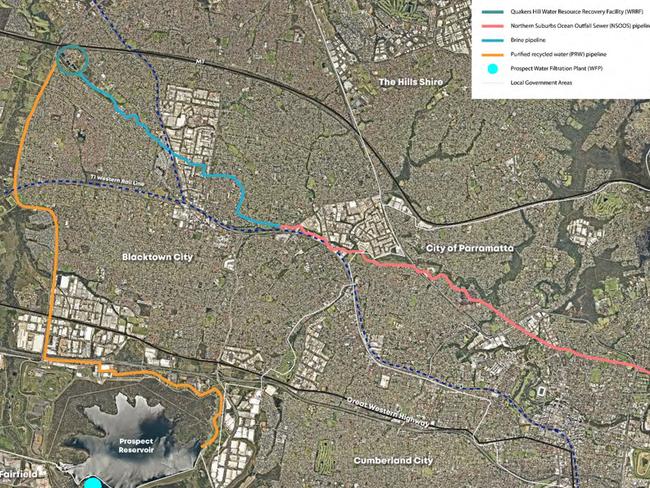
Sydney relies on rainfall for 85 per cent of its water supply, with desalination able to make up the remaining 15 per cent. But “dams, desalination and water conservation are not enough to secure our water future” as the population grows, according to Sydney Water.
“We also need to consider the most cost-effective ways to secure the water our city needs,” the proposal states.
Sydney Water will next be required to prepare an environmental-impact statement (EIS) and “continue to provide a range of opportunities for community education, engagement and feedback on the project”.
The public will have the opportunity to make submissions to the NSW Department of Planning, Housing and Infrastructure in late 2025.
“I want to be clear, at this stage, there are no plans from the NSW government to introduce recycled water for drinking,” NSW Water Minister Rose Jackson said in a statement.
“Greater Sydney has one of the most sophisticated water management systems in the world, but we need to continue adapting to the needs of our growing population and the changing climate, which could bring less water availability in the decades to come. That means making better use of the water we have and planning for a resilient supply future, so we are best placed to respond to whatever challenges come our way.”
Ms Jackson said Sydney Water was “engaging with the community to understand their views on the benefits of recycled water and other sources of supply, and the Quakers Hill demonstration plant is an educational facility to assist with this”.

According to Sydney Water, the Quakers Hill discovery centre has seen more than 1100 visitors since opening, nearly half of whom were employees.
Of around 200 people who completed a survey after touring the centre, 88 per cent “strongly agreed that they understood why PRW was being considered” and respondents reported an average “comfort level” of 8.8 out of 10 for PRW being introduced into Sydney’s water supply.
A broader survey of more than 1500 customers, conducted from October to December, found 64 per cent were comfortable with the PRW being used for drinking water, far below 78 per cent for desalination and 89 per cent for dams.
“While this single metric has limited value in capturing the complexity of social licence from the community to operate a PRW scheme, it does indicate a strong base for community engagement on the specifics of the project,” Sydney Water notes in its proposal.
“Some of the key considerations for customers who are less comfortable with PRW include unfamiliarity with PRW as a new source of water, understanding of costs and value, legitimacy of the need, and perceived health impacts.”
Sydney Water said it would target demographics with lower “water literacy”, who tend to be most opposed.

Those were identified as men aged 18 to 39, women aged 18 to 49, residents of inner and western Sydney, renters, First Nations people, and the Arabic, Greek, Hindi and Vietnamese-speaking communities.
“It is broadly understood that it takes 10 or more years to build acceptance for the implementation of a PRW scheme,” the proposal states.
“Sydney Water will continue these efforts to 2032 and beyond to build acceptance for PRW through a mix of mass media and grassroots engagement, community events, education and media campaigns.”
Sydney Water held briefings in March for a range of state government agencies and business groups and has “begun engaging with First Nations representatives to seek out and listen to Indigenous perspectives” as well as local councils including Blacktown, where the project is located.
“Council currently has no adopted position on recycled water for human consumption,” a Blacktown City Council spokesman said.
“However, we note that the ‘purified recycled water’ scheme now proposed by Sydney Water will distribute recycled water right across Sydney — western Sydney residents won’t be disadvantaged.”
He added Blacktown City Council already uses around 0.1 gigalitres per year of recycled waste water from Sydney Water’s Rouse Hill plant for irrigation.
“Council recognises the potential benefits of recycled water, particularly in terms of sustainability and water security,” he said.

NSW authorities have been floating the prospect of introducing recycled sewage into drinking water for several years.
In its 2022 Greater Sydney Water Strategy, the NSW Department of Planning and Environment forecast the city’s population would grow by more than one million extra people by 2036 to between six and seven million, largely in the west.
To address the looming water shortfall, the former Liberal government said recycled sewage should be explored as one “augmentation option” alongside desalination, claiming community feedback “overwhelmingly supported” purified recycled water for drinking.
“The technology is actually very good, in that the water they’re producing is clean and safe,” said Dr Jane O’Sullivan, an expert in agricultural science and a member of the national executive of Sustainable Population Australia, which advocates for reducing immigration and population growth.
“But it is expensive and energy-hungry, and creates an increasing dependence on this expensive and complicated technology without which we would have water insecurity just because there are too many people for the catchment.”
Dr O’Sullivan argued that by taking away “one of the barriers to population growth”, these technologies “become an enabler of all the things that are eroding quality of life in Sydney”.
“They enable more traffic congestion, they enable housing to be increasingly high density and without access to green space, [put pressure on] healthcare and community services,” she said. “All of these things cascade as a result of population growth when the cheapest option for water security is to reduce population growth.”
Dr O’Sullivan said the bottom line was “most of the population growth that is likely to happen in Australia over the next few decades” was going to require expensive solutions like desalinated or recycled water.
“These things are not a solution to population growth, they’re a symptom of the problem,” she said.
Originally published as ‘Build acceptance’: Sydney Water launches bid to introduce ‘recycled water’ to drinking supply by 2032




